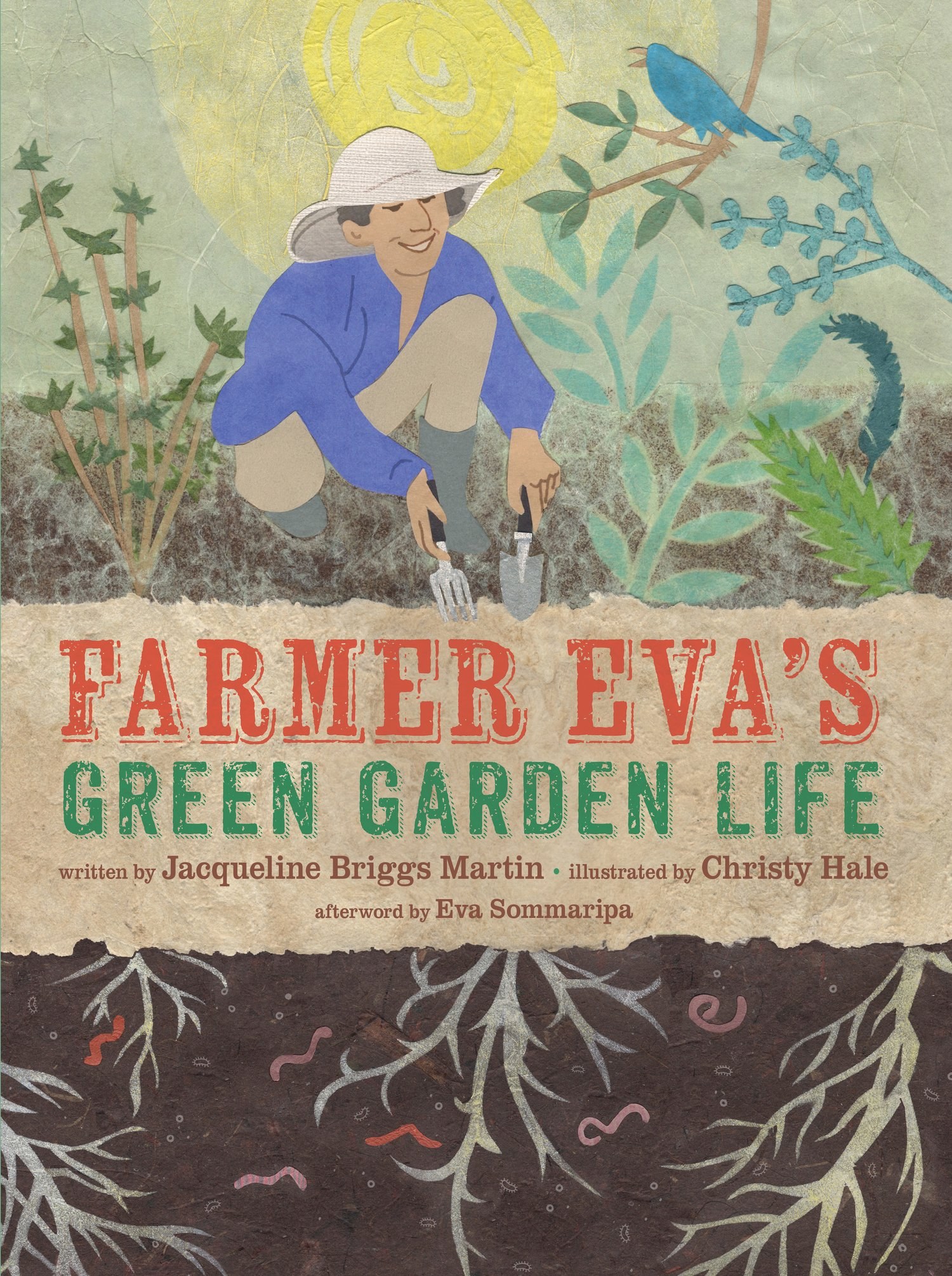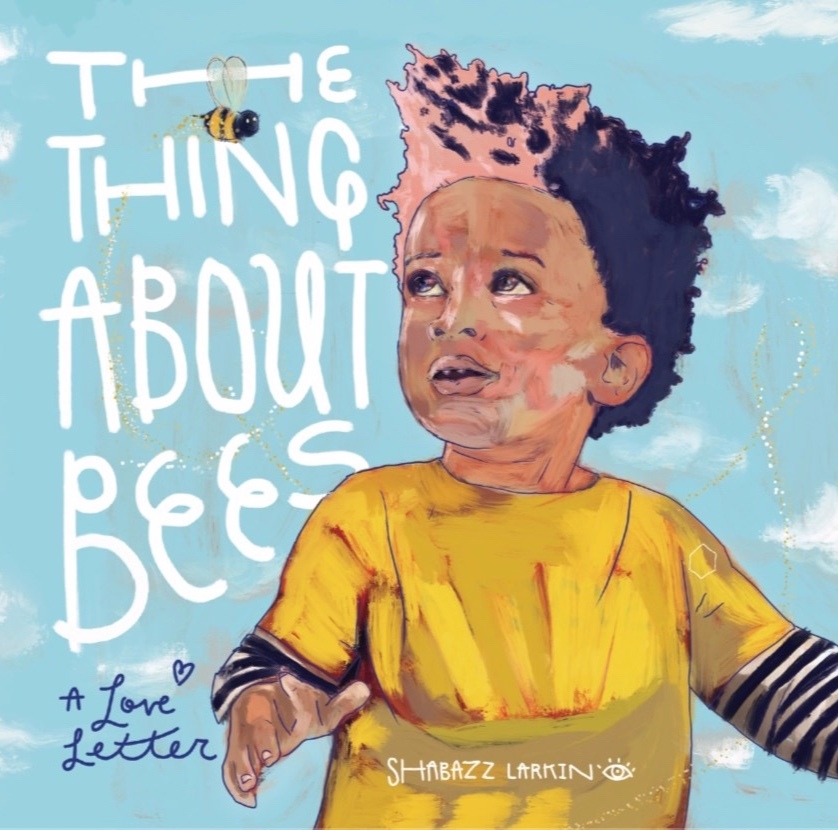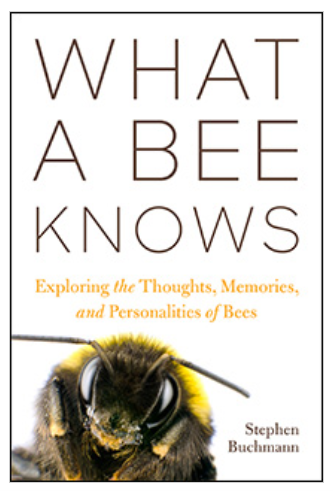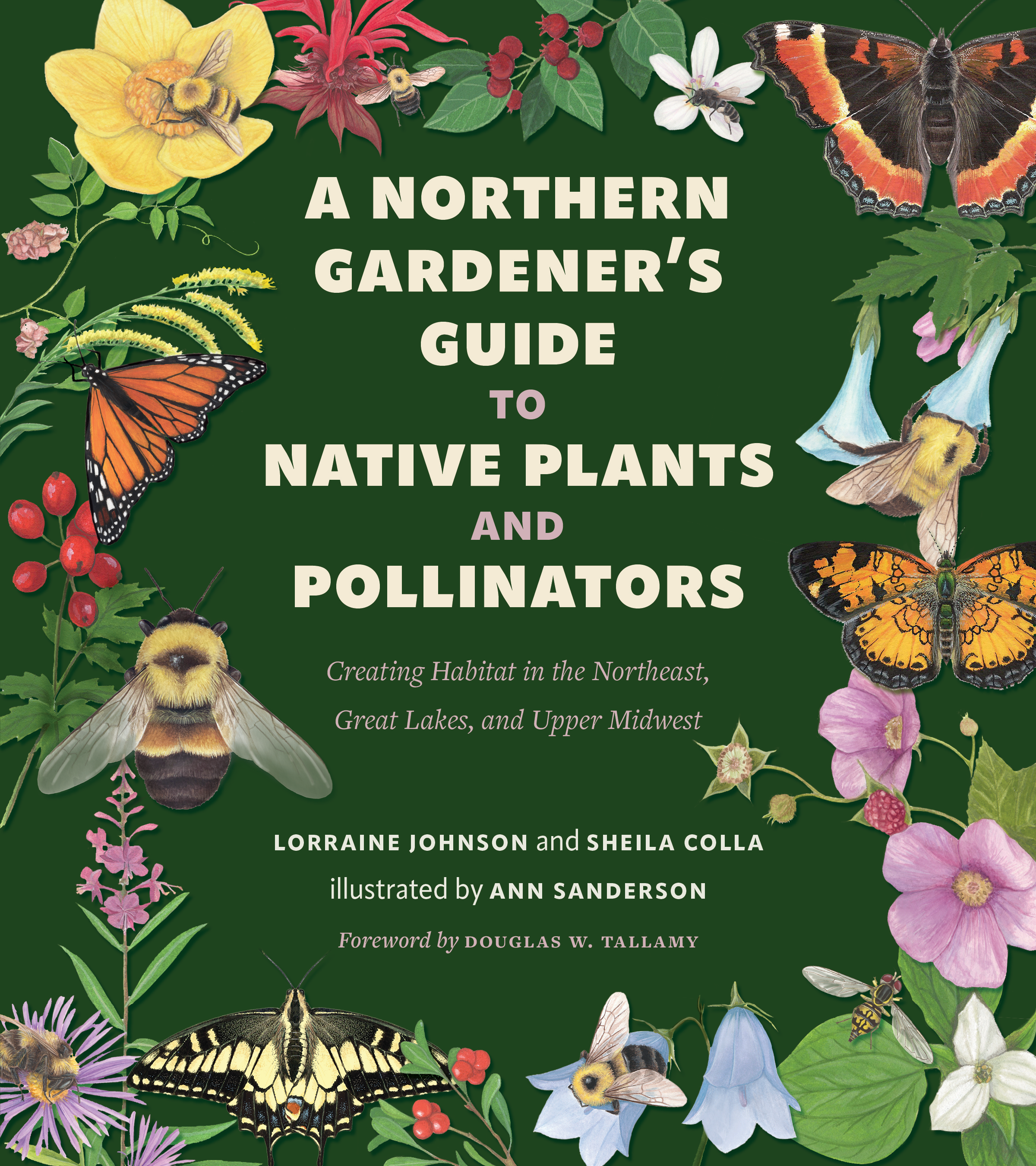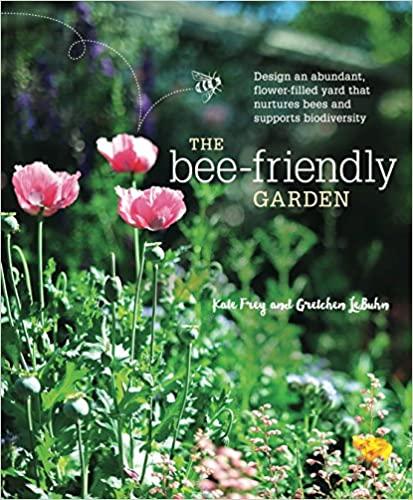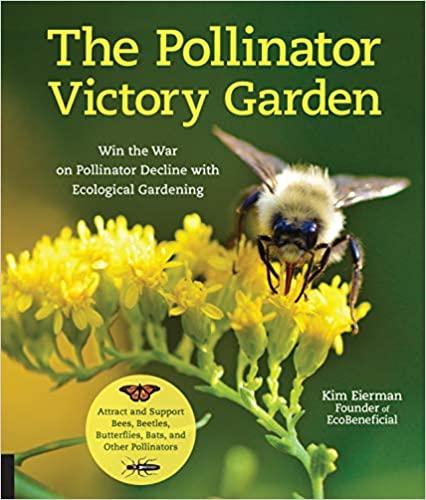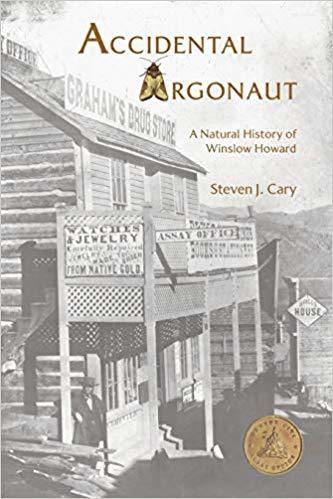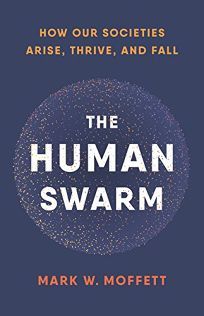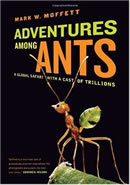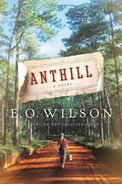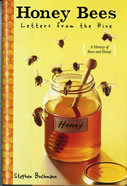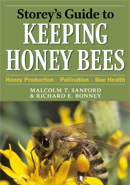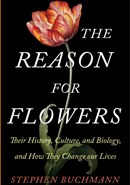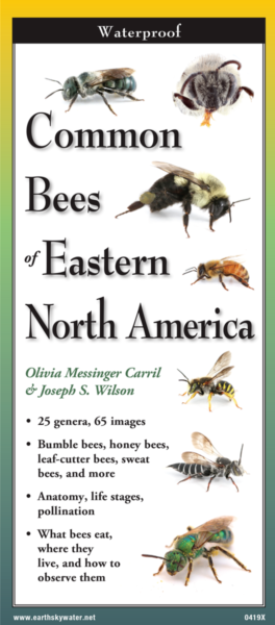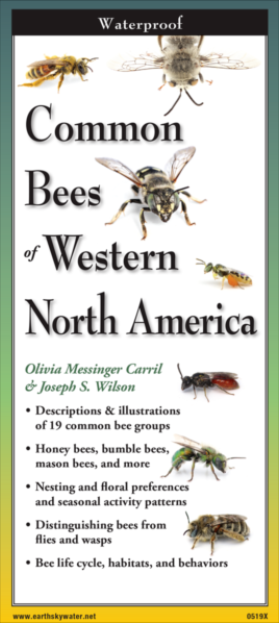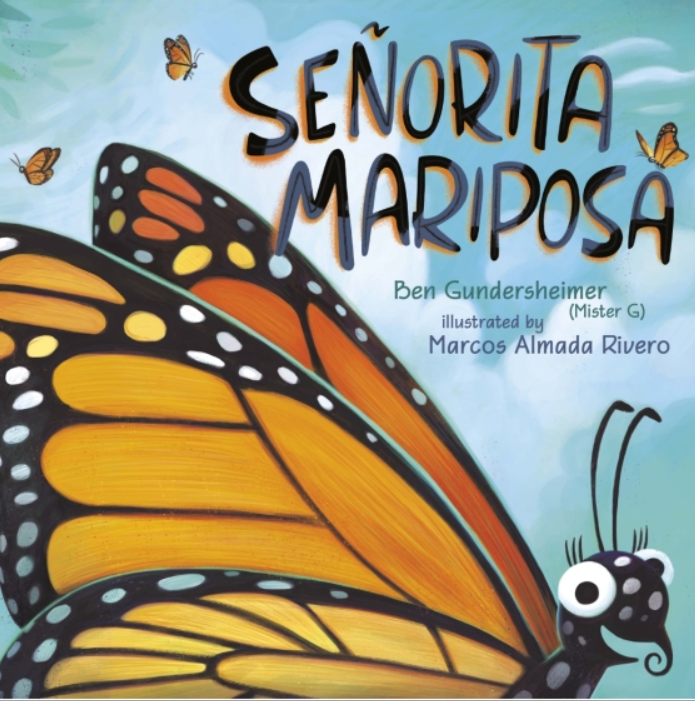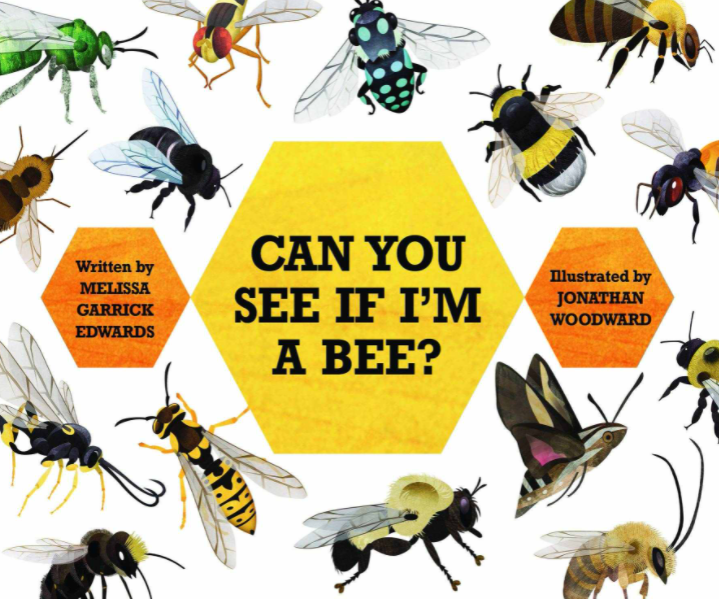Books
Pollinator Partnership materials can be ordered by purchasing items through the links below. Shipments can be made within the U.S., Canada and Mexico. Delivery time can be up to a month. Please contact info@pollinator.org or 415-362-1137 if you need your shipment expedited.
*BROCHURES ARE FOR EDUCATIONAL PURPOSES ONLY AND ARE NOT INTENDED FOR RESALE.
"Bee Basics- An Introduction to Our Native Bees" By Beatriz Moisset, Ph.D and Stephen Buchmann, Ph.D.
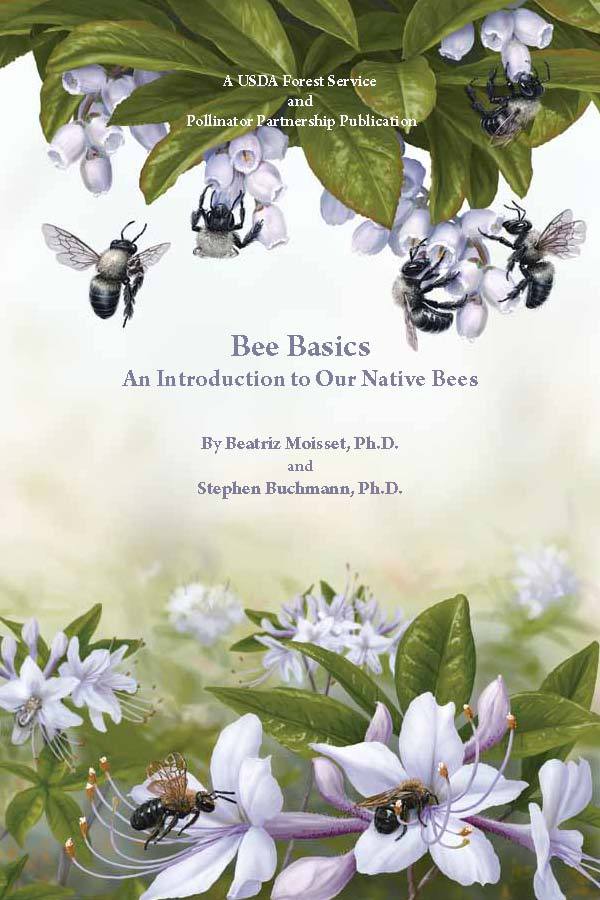
Download to view and/or print by clicking here for the PDF version.
Bee Basics: An Introduction to Our Native Bees by authors Beatriz Moisset and Stephen Buchmann is a wonderful and engaging entre into the hidden world of North America's native bees. The full-color 40 page booklet is jam-packed with information about how representative bees of 3,500 species inhabiting the US and bordering areas make a living, which flowers they visit, whether they nest underground or in hollow stems or wood. The diversity of bees is examined along with notes on their wasp ancestry. The lives of leafcutter, mason, bumble bees, miners and others is explored. Look-like bee and wasp-mimicking flies are shown. Tips for easy things gardeners, home owners and naturalists can do to protect and conserve bees and their flowers are given. The booklet is lavishly illustrated by award-winning postage stamp artist Steven Bucanan.
Reviews on Bee Basics
- http://cagardenweb.ucdavis.edu/?blogtag=native%20bees&blogasset=42184
- http://bugs.adrianthysse.com/2011/11/sunday-bugfest-6/
- https://membracid.wordpress.com/tag/conservation/
- http://www.garden.org/articles/articles.php?q=show&id=3506
"Bumble Bees of the Eastern United States" by Sheila Colla, Leif Richardson and Paul Williams
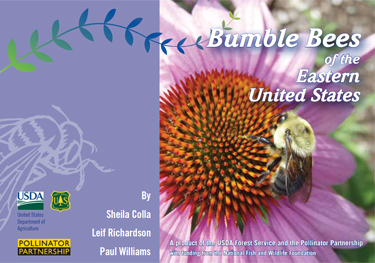
Download to view and/or print by clicking here for the PDF version.
Bumble Bees of the Eastern United States: Now, for the very first time, there's a guide to all 21 species of bumbles bees occurring east of the 100th Meridian in the United States. Detailed color photos of bumble bees on their favorite blossoms are presented, along with detailed dot distribution maps for where they occur. Additional facial photos, crucial for identification, are illustrated. Information on the natural history of each species is discussed including common food plants and life history information. Some of these species are "cuckoo bees" social parasites in the nests of others and these species are also included. A unique dichotomous key to the species (males and females) is an indispensable part of the guide. The 103 page extensive guide was co-authored by Drs. Sheila Colla, Leif Richardson and UK expert Paul Williams. A Foreword is given by Dr. Stephen Buchmann of Pollinator Partnership.
Order Book"Bumble Bees of the Western United States" By Jonathan Koch, James Strange and Paul Williams
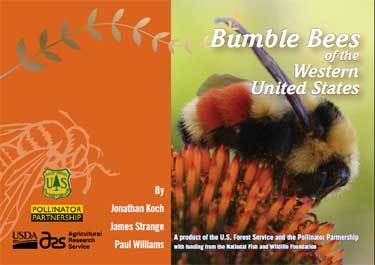
Download to view and/or print by clicking here for the PDF version.
Pollinator Book Store
We are excited to share with you selected books that feature pollinators. Browse through our suggested books for adults and children below.
